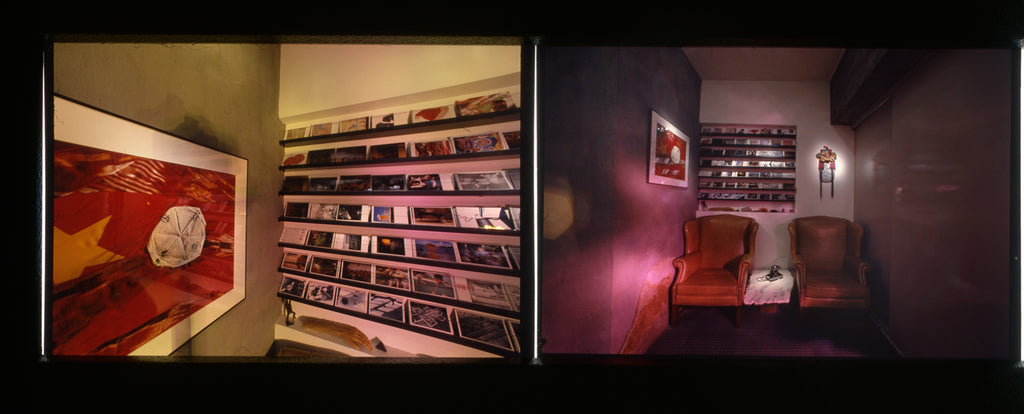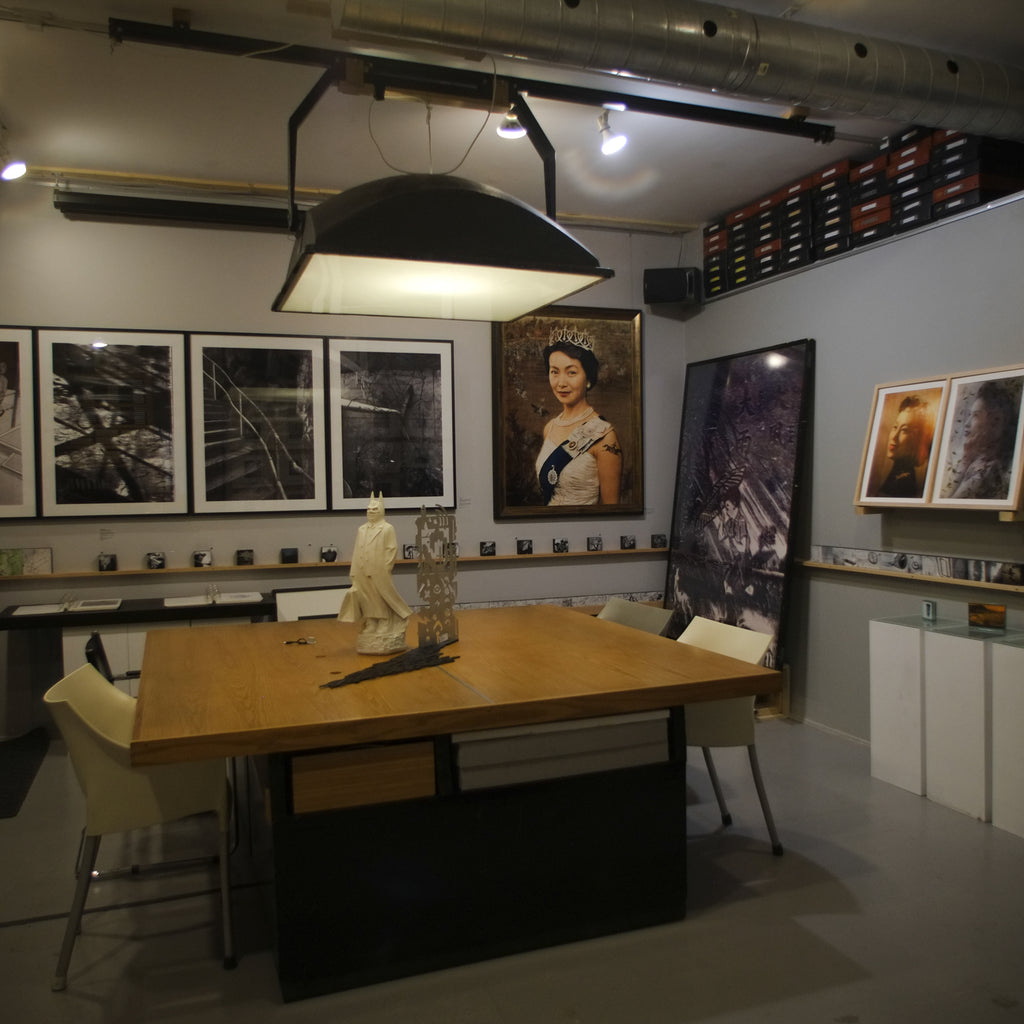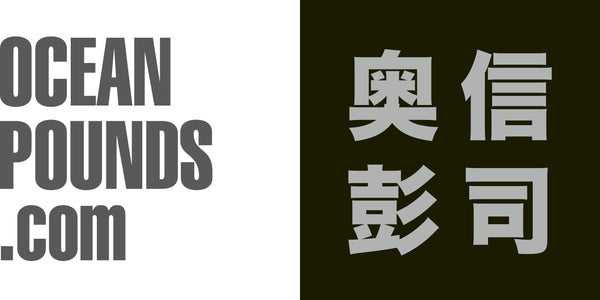
DOUBLE DOUBLE
Writings/ Photographs/ Poetry/ Archives
A Holly Lee and Lee Ka-sing online magazine. Published on Fridays.
李家昇黃楚喬網上雜誌,逢星期五出版
++++++++++++++++++++++++++
CURRENT WORK
Sushi Grass in Paradise (A story)
written by Holly Lee
with photographs by Lee Ka-sing

(56) Venice
“Well, at least our environment might be saved because of this world-wide lockdown,” teased Ginger, “some hope for our increasingly dreary and doomed future.”
“So it seems,” said Chai, “and some guy called Francesco tweeted from Italy:
‘Boars in the middle of my hometown, dolphins in the port of Cagliari, ducks in the fountains in Rome, Venice canals have now clean water full of fishes. Air pollution dropped. Nature is reclaiming its spaces during quarantine in Italy.’ ‘Awesome how nature can recover if given the opportunity.’ Another tweeted. You know what Ginger, it makes me think we are the actual virus; enemies of the world, and Corona is the vaccine giving us the right dose before the total collapse of our civilization.”
“But it’s human who created the civilization, enjoyed of course, primary by us human. Don’t we miss the Carnival in Venice? Your uncle and I were there almost thirty years ago, and we were in that festival! You couldn’t believe the grandeur we saw, so many costumes, so many people in masquerade masks and fancy gowns and cloaks, it’s like going back a few centuries, waltzing into medieval times…”
“Not in the time of the Black Death Aunty!” Cried Chai.
“Mom!” Exclaimed Ginger at the same moment, looking at Mrs. Bento wide-eyed after hearing what she said. The topic is sensitive. It created fear then, and especially at a wide-spread pandemic time like now.
Carnival
Gladly retreating herself to the third floor library, Mrs. Bento came across some folders containing pages neatly cut out from magazines. As she read on she became aware that they were articles written by MM - Madam Mystery or, the mother of Violet. The articles, or more precisely, photo essays, were short and full of reflections on life. She devoured them one by one, and slowly, like a shadow, stepping inside the life of MM. Oh, the Carnival of Venice. Speak of the devil! She was thrilled to find pictures taken from the Festival in Venice, the text, as Mrs. Bento read under her breath, was in a poem form, the date at the top right corner of the magazine cut-out was 1988.
She applied colour around the skin of her eyes
blue tears exploding, ejecting long tails of stars
My childhood memory runs a long river
children crouched next to a manhole cover
shooting marble of rainbow colours
She made four doves
sewed them each over
fancy, white chiffon headdresses
clinging close, embracing
in front of a mirror
My childhood cinema chirps Woody Woodpecker
clap your hands bite your fingers
screen opened shone like shrines
clap your hands count your fingers
curtains down rattling calls lingered
On what they’d wear
she added layers
of Venetian lace
behind hidden
their trancelike gaze
glittering sapphires
Mid-Autumn celebration
eat water chestnut
run with dragons fire
fire crackers cracked
incense ashes fell
all over our heads and bodies
like evening rain
showering flowers
"Sushi Grass in Paradise" is an on-going story. To read the full length version with previous chapters, please visit- https://oceanpounds.com/blogs/sushi-grass-in-paradise
ARCHIVE
Studios (Stories under the Hazylight)

(1977, studio at 14 Lan Kwai Fong 蘭桂坊)
Flowery Tales
We painted the vinyl floor of our first studio, almost forty three years ago - a charcoal black. Deviated from D’Aguilar Street, we were at the smaller strip now known as Lan Kwai Fong, which had become the famous dinning and night-life district since the mid-1980s. On the second floor of No. 14 Lan Kwai Fong, within the size of a little more than 500 square feet, we lived, worked and created our first studio, directly opposite another photo studio - Alfred Ko’s. Ko studied photography in Canada, had just returned to Hong Kong to establish his career. In this pair of photographs of the studio, the brand new Broncolor Hazylight appeared on the right was an expensive strobe light equipment we just bought through an installment plan from Mr. So, the chief sales executive of the distributor J. H. Trachsler.
In 1979 we moved one street up, to Wyndham Street. In its early days, the street was nicknamed “Flower Street”, a location for numerous stalls selling flowers. Later the title was transferred to D’Aguilar Street, where the hub of flower vendors were relocated. On Wyndham Street, we rented this new, spacious third floor at 69, Hoseinee House - a ten-storied commercial building for a very reasonable price under a three-year contract. Property at that time was not that hot. But once the contract came near to expire, our hands really got burnt. Young and thoughtless, we’d ignored to read the terms of renewal, which just past the rent control period for one or two months. We could no longer afford the place, the rent had gone up several times more. We moved to a slightly uphill area at the mid-level district, the Castle Road.

(1979, studio space at Hoseinee House, under renovation before we moved in)
The Two Castles
The first castle was at No. 35, Castle Road, and it was disappointing. We had to move our photo equipment up and down three flight of stairs, and most unfortunately, a flooding occurred shortly after we moved in. The building was residential, and we had to take down one wall in the sitting room to make room for work. Regardless, we’d accomplished many jobs there with big sets. There was a job both of us don’t remember the client, as well as the job nature, but recalled the hardship because it had to be finished in three consecutive days/nights, in three different sessions including shooting and set constructions. When the job was completed, it took some of our equipment, and our team down for the rest of the week. Another job was for Cathay Pacific Airline, which required shooting two business class seats with passengers. Through narrow staircases, we had to haul the seats up to the third floor. It was the most haunting tasks we’d ever performed during our one year lease there. We knew by then it was time to look for another castle.
At No. 3 Castle Road, the first floor which was originally for the purpose as a storage space. It became our next castle. After moving in for a few years, we were lucky to meet an architect Karl Shiu, who just returned from the United States to start an interior design studio in Hong Kong. He would then help us to re-design the photo studio, and in return we offered to photograph his design office. As a result, it was the most beautiful studio space we’d ever used. It was the golden era for commercial photography and we’d done many big jobs in this studio, shooting good budget advertising projects and super stars like Anita Mui, Leslie Cheung, Maggie Cheung, and Chow Yun Fat, among others. Pictures are really meant to record, and enhance our memories, without them, we'd have forgotten a lot of things in our lives, for example, this long gone red gold fish, a silk kite I brought from Tianjin. It appeared here in the studio. In the small sitting/waiting area we had installed some racks for postcards that we produced, which became popular among models we hired for shooting assignments. Models, hair stylists, make-up artists came from different parts of the world, especially from Australia, New Zealand, London and the United States. They would buy our postcards to write back to families and friends, but most of the time they would buy them just for collection or keepsakes. But for all that ideal and practical aspect of the venue, the owner had never agreed to sell us that space. We moved out again when we found a lovely ground level place nearby, to own, even though by standard it was a bit small.



(1988, studio at No. 3 Castle Road 衛城道)
Studio/Gallery
It was at the end of the eighties when we moved to the nearby Prince Terrace, to a short but wide, no traffic lane hidden behind busy Caine Road. The Central-Mid-Levels escalator right beside the terrace had just begun to construct. In two years time, we could already escalatored-walk uphill to our studio, or if in a hurry, run down from the moving escalator, reaching Central Market on Queen Road Central, just within a few minutes time.
Though a tiny place of not more than four hundred square feet of shooting area, one couldn’t imagine when we moved in this studio, the first assignment was a campaign for an audio brand. It required a shot with a Baby Grand half submerged inside a water pool. The terrace space outside our studio was perfect, we sometimes played badminton there to release our stress. This was the place where we initiated DISLOCATION Magazine (1992-1999), and later, the OP Club - an organization encouraging the collection of Hong Kong Photography. This was also our last studio in Hong Kong. After we left Hong Kong, we transformed the place into Hong Kong's first photography gallery, and NCP (NUNAHEDUO Centre of Photography). It was managed under a committee with funding from the Hong Kong Arts Development Council.

(1998, our previous studio space at No. 5 Prince Terrace 太子臺, transformed into a gallery)
Gallery/Studio
In early 2000, two years after moving to Toronto, we opened our photo galley at Candy Factory Lofts. It was located on the then “wilder” part of Queen Street West. The move surprised a lot of our Hong Kong friends, who had immigrated to Toronto earlier, as most of them preferred to stay out of the downtown core. They were in fact afraid of the area where we chose to base. It was a little run-down, and a little off from the city centre. We found it not so intimidating, as the loft idea was probably a New York reference that we’d like to adopt. With the photo gallery idea we wanted to set up a contact point for meeting friends and artists.

(2001, gallery space at Candy Factory, Queen Street West. Yao Jui Chung 姚瑞中 at his solo exhibition)

(2001, gallery space at Candy Factory, Queen Street West. Nobuyoshi Araki 荒木經惟 solo exhibition)
During the five years in the loft, we worked incessantly, exhibiting and introducing important photographers from Hong Kong, Japan and Taiwan. However, the New York reference did not work out well. First, the gallery, tucked on the first floor of the loft was less accessible, and almost invisible to the public, and second we were not allowed to place any gallery sign. By fate, at the end of 2005, when driving around the Dufferin Jog, we spotted a small garage for sale. We sort of dreamed, if by proper reconstruction, it could be turned into a nice, small gallery. We contacted the agent and asked for the price, it was like David versus Goliath. The purchase of the garage was linked to the whole corner building at No. 50, Gladstone Avenue.
Though we had the courage of David, it took all our heart and energy, drained all our remained resources, created insurmountable debts, to beget a rose garden which was still vaguely in sight. 50 Gladstone Avenue, further west of Queen West and at the eastern edge of the Parkdale area, stood Gladstone Hotel and Drake Hotel, both had contributed largely to the making of the boom in the mid 2000s. The area, known as West Queen West, has become the coolest and trendiest neighbourhood. Our building, a hundred-year old three-storey building, needed big fixing. With a little help and some advice from another architect friend Bennett, we settled down with a skinny budget for the renovation. The plan was to expand, using both floors, ground and second, as galleries. We invited Ping-kwan, our poet friend, to the opening of the inaugural exhibition. Bad news was construction delay, the opening had to be postponed for a couple of months. Ping-kwan did come to Toronto en route to another city in Canada, only two months earlier. With his usual sense of humour, Ping-kwan wrote the poem “50 Gladstone Avenue” to celebrate our move. From June 9 to 23, 2006, the inaugural exhibition - DOUBLE SIX was on two floors of gallery space, six pairs of artists were invited: Anothermountainman, Bing Lee, Balint Zsako, Henrik Drescher, Millie Chen, Lisa Cheung, P Elaine Sharpe, Evergon, Diana Thorneycroft, Frank Rodick, Asako Narahashi and Normand Rajotte.
It was a prosperous time for galleries, restaurants, cafes and retail shops. Many tourists, artists came and they couldn't find lodgings for the night. When a visiting artist exhibited at our gallery and couldn't find a place to stay in this area, it triggered a point to our change. We were sparked by the idea of renovating the second floor and using it as a short-term living space. In early 2008 we renovated the second floor and turned it into a bed and breakfast. The b and b venture has been running for over ten years now and a lot of artists, curators, art related folks have stayed in our place.
While the ground floor remained as a gallery, we partitioned and used the rear portion of the main gallery as our studio, showcasing new and early work, as well as archives from the projects we did in Hong Kong dated back to the early eighties. Gradually we picked up the momentum of creating new work.

(2016, studio at 50 Gladstone Avenue 吉石大道五十號)
For us it looks like every ten years there comes a new cycle. In 2019, we made another big move within the building. The gallery on the ground floor was entirely transformed into a living, breathing and working space. We devote more time on photography, writing and more so, in organizing our Archive. In the past decades, immensely and passionately involved in promoting other artists' work we have totally neglected ours. Now the new space is divided into two parts - the left wing is a library and brain-storming haven, the right wing kept as a salon space. This space enables us run small exhibitions of our recent work, archives or collections, as well as small shows from guest/friend artists. We keep the large 6 by 6 feet table in the middle, with the square Hazylight hovers above the top. Perhaps, here is where our story ends, or begins. All along, our beloved Hazylight keeps us company.
(Holly Lee and Lee Ka-sing, March, 2020)

(2020, DOUBLE DOUBLE studio at 50 Gladstone Avenue)



(2020, DOUBLE DOUBLE studio, the salon space, in the middle of installing a new show)
Transformation from gallery into a living and working space. View the archive of over hundred images :
https://leekasing-tt.blogspot.com


(Two pieces of magazine clippings on our studio, from a weekly column we wrote for Sing Tao Weekly, circa late 80s)
++++++++++++++++++++++++++
DOUBLE DOUBLE
Issue 0327-2020
A Holly Lee and Lee Ka-sing online magazine. Published on Fridays.
Published by Ocean and Pounds and archived at oceanpounds.com
All rights Reserved.
Selective items in this publication are available at the OCEAN POUNDS online shop. For items featured in CURRENT WORK, VINTAGE, ARTIFACT, PUBLICATION, OBJECT, BOOKSCAPE and COLLECTION, please send a request to: mail@oceanpounds.com.
If you are a researcher or writer and want to use the material, please write us in advance. Some of the materials might have different level of copyrights involved.
Not to miss a single issue, please subscribe to DOUBLE DOUBLE Release Notification. Visit - http://doubledouble.org
DOUBLE DOUBLE previous issues were archived at -
https://oceanpounds.com/blogs/doubledouble
leekasing.com is a portal website for current and earlier works. Apart from exhibitions, Holly and Ka-sing use extensively web platforms to display photography and writing projects. Contact us for a detail list of links.
Holly and Ka-sing currently live in Toronto with their daughter Iris, and their cat Sukimoto.
++++++++++++++++++++++++++
